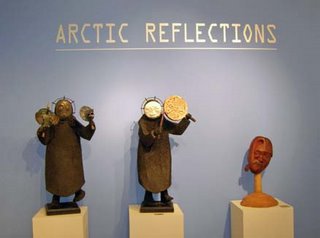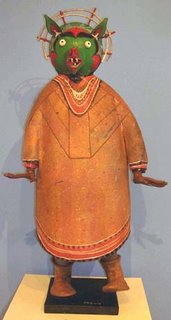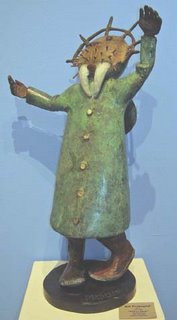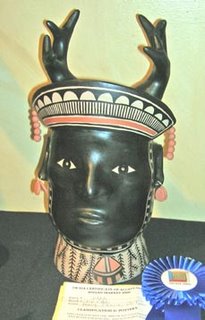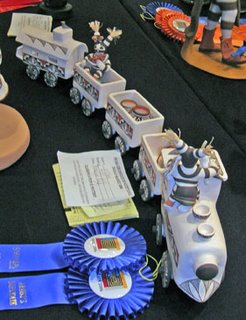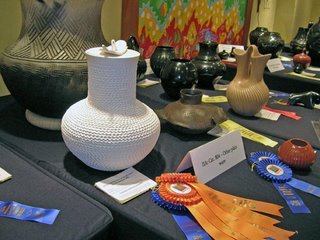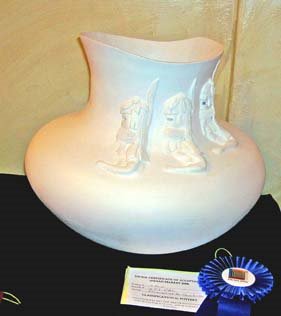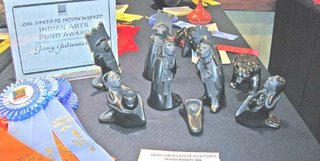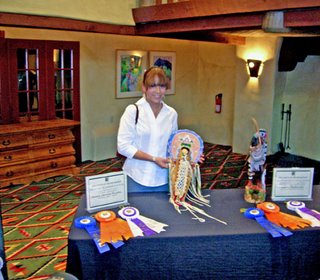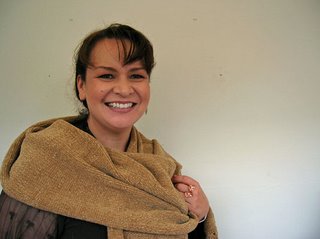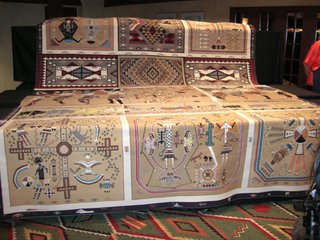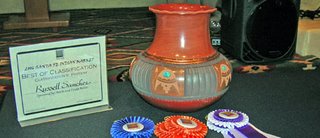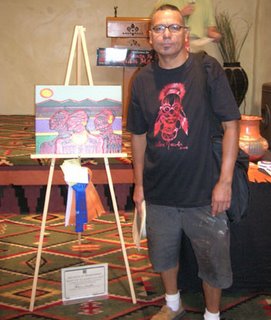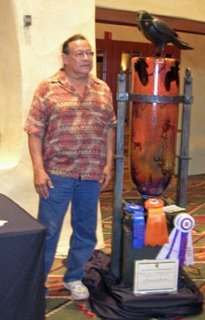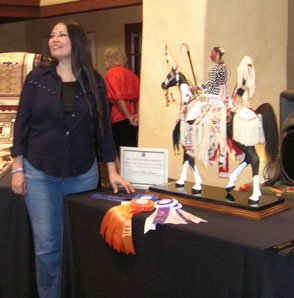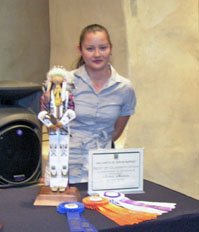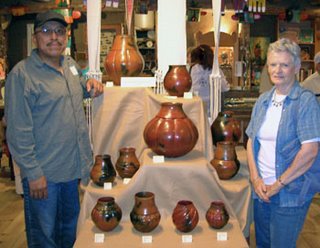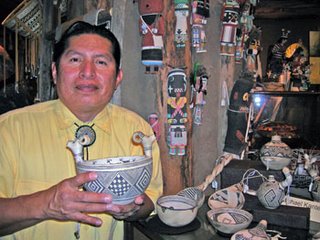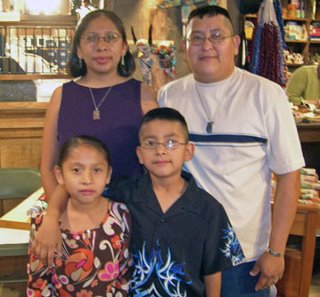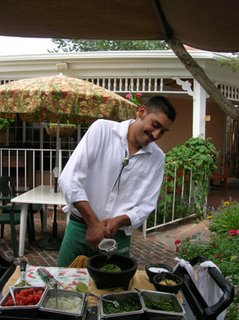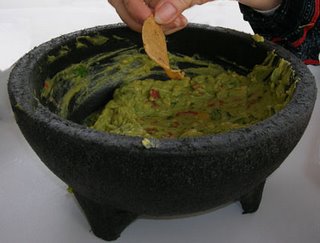 Their influence on us was more than casual.
Their influence on us was more than casual. We have long avoided offering Native American Indian jewelry rings, except for a style in silver, gold and silver with gold overlay made by our friend, Michael Kirk of Isleta. We offered them because they were adjustable in size.
Sizing is critical in rings and almost impossible for rings sold over the Web. Bracelets, earrings, necklaces, pendants, pins and pin/pendants generally offer no sizing problems, assuming the client reads the dimensions of the piece and measures their need.
Rings are different. So, until we ran into the rings made by Marvin Slim, we didn’t carry them.
But Marvin’s rings are both beautiful and adjustable. A little too small or a little too large? Just adjust. With no risk of damage to the stones.
Now we have added a few of Marvin Slim’s rings to our offerings. This sterling silver loop has silver bar with mother of pearl inlay on one end with a turquoise cabochon on the other.
 This one combines a silver bar with a pink mussel shell cabochon.
This one combines a silver bar with a pink mussel shell cabochon.  This one has a green turquoise cabochon connected around the loop to a silver arc.
This one has a green turquoise cabochon connected around the loop to a silver arc.  You can see enlargements of each by clicking on the thumbnail picture.
You can see enlargements of each by clicking on the thumbnail picture.Note that the opening at the top of the ring is what allows the ring to be made to fit a somewhat smaller or somewhat larger finger.
~~~~~~~~~~~~~~~~~~~~~~
Tribal Artery is the blog about tribal art offered periodically by Aboriginals: Art of the First Person and its allied web sites at Native-JewelryLink, with gorgeous, genuine American Indian necklaces, bracelets, pendants, pins and earrings; ZuniLink, for hundreds of authentic Native American fetish carvings by Zuni , Cochiti, Navajo and San Felipe artists; Tribal Works, offering a wide selection of tribal art from Africa, Aboriginal Australia, the Arctic and Native America, including Navajo folk art, and Native-PotteryLink, home to the finest in contemporary and historic Native American hand-created pottery, storytellers and nativity sets.
